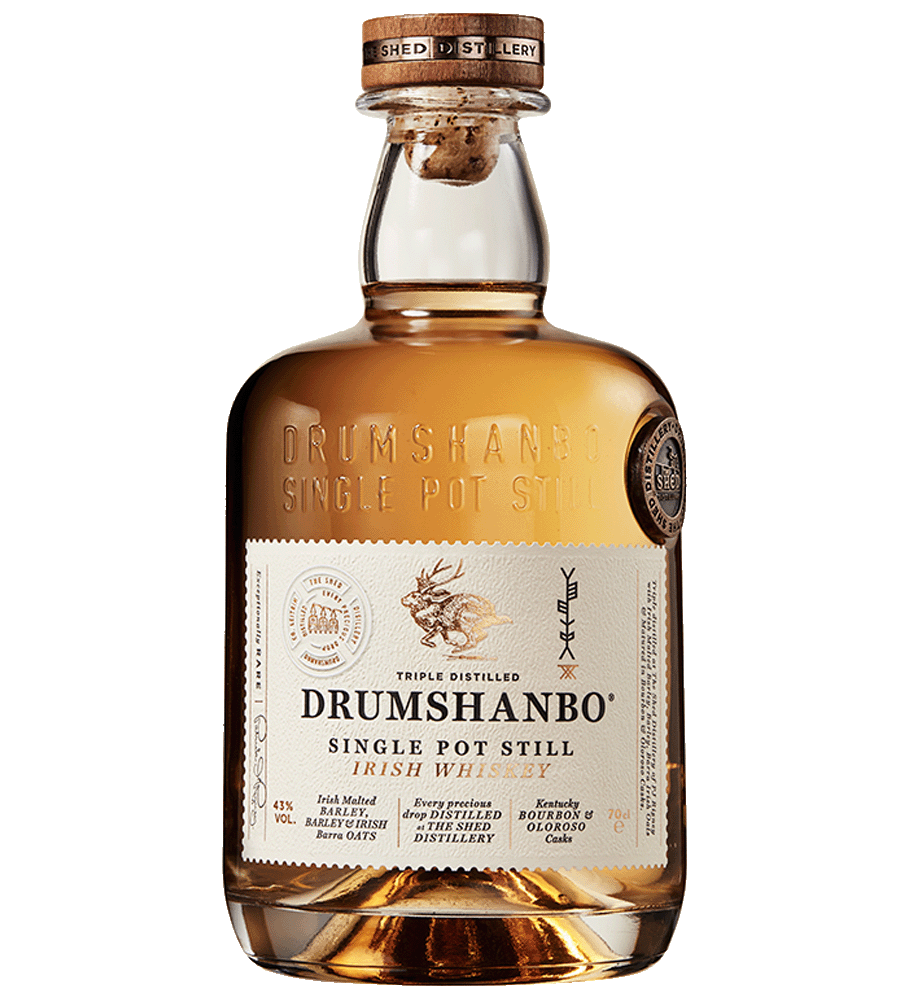Fashion does more than make you look good. The clothes you wear can also affect your posture, skin, body temperature, and mental health. The right outfit can boost your mood. The wrong one can cause stress, acne, or even back pain.
Let’s explore the connection between what you wear and how you feel—inside and out.
Why Comfortable Fashion Is More Than a Trend
People are moving away from tight, rigid outfits and towards function. One survey found that 73% of consumers now prioritise comfort over style when shopping for clothes. That shift happened fast during the pandemic. But it stuck around for a reason.
If your jeans cut off circulation or your shoes give you blisters, your day goes downhill. But when your outfit feels good, your brain has one less thing to worry about.
Real example
Jake, a Melbourne-based barista, used to wear slim-fit button-ups and stiff jeans to work. He switched to loose bamboo shirts and stretch chinos last year. “I stopped going home with shoulder pain. I also stopped dreading my shift,” he said.
How Clothing Impacts Physical Health
Posture problems
Tight waistbands, heavy bags, and high heels can mess with alignment. This leads to back pain, neck strain, and tension headaches.
Fix it:
Look for ergonomic footwear, backpacks with two straps, and pants that don’t dig in.
Skin irritation
Synthetic fabrics like polyester trap sweat and bacteria. This can lead to body acne, rashes, and itching.
Solution:
Wear natural fabrics like cotton, hemp, or bamboo. They breathe better and reduce friction.
Circulation issues
Wearing clothes that are too tight can cut off blood flow. This causes swelling, numbness, and even long-term issues like varicose veins.
Watch for:
Tight shapewear, elastic cuffs, and skinny jeans that leave marks on your skin.
How Fashion Choices Affect Mental Health
The psychology of clothing
A study from Northwestern University found that wearing clothes with symbolic meaning can shift your mental state. It’s called “enclothed cognition.”
If you wear gym clothes, you’re more likely to exercise. If you wear pyjamas all day, you may feel less productive.
Mood and colour
Bright colours like red and yellow can boost your energy. Cool colours like blue and green can calm you down.
Style tip:
Keep one bold-colour shirt for days you need a lift. Think of it as your “reset” outfit.
Body image
Clothing that fits well and feels good can improve body confidence. On the flip side, outfits that are too tight or awkward can make you feel worse.
Reminder:
Comfort is not the enemy of style. You can dress well without hurting yourself.
Functional Fashion That’s Good for You
Compression socks for standing jobs
Nurses, retail workers, and teachers swear by them. These socks improve blood flow and reduce swelling in your feet and calves. They come in bold colours and patterns now—not just beige.
UV-protective clothing
If you’re outside often, look for clothing with UPF labels (Ultraviolet Protection Factor). A long-sleeve shirt with UPF 50 can block up to 98% of UV rays.
Great for surfers, gardeners, and hikers who want to avoid burns without loading on sunscreen.
Blue light glasses
They don’t fix your posture, but they help reduce eye strain. Wear them if you work in front of screens for hours. Pair with breathable fabrics to avoid overheating.
Athleisure Is Leading the Movement
Sales of athleisure jumped 84% in 2020 and are still growing. People want clothes that flex with their lives. Joggers that work at the gym and on a Zoom call. Sports bras that feel good after 5 hours. Jackets that move with you, not against you.
Top brands to explore
- Girlfriend Collective: Recycled materials, inclusive sizing
- Lululemon: Functional fit, great for posture
- Uniqlo AIRism: Light, breathable layers for hot climates
- Vuori: Soft fabrics, clean look for casual workdays
Small Changes That Make a Big Difference
Switch out your socks
Synthetic socks trap sweat and cause blisters. Try merino wool or bamboo. They’re softer and stay fresh longer.
Upgrade your underlayer
Swap old, stretched-out underwear for moisture-wicking fabric. You’ll feel more put together and move better.
Use anti-chafe shorts
Thigh rub is real. Add shorts under skirts or dresses to stop friction and stay confident all day.
One Outfit Can Change Your Whole Day
Claire, a Sydney-based web designer, used to wear tight skirts and heels to pitch meetings. Now she shows up in tailored pants, sneakers, and a tucked-in t-shirt.
“I thought I had to dress formal to be taken seriously,” she said. “But once I felt physically at ease, I pitched better, moved better, and actually closed more deals.”
She also started using Reputation Recharge to clean up old photos of her online in uncomfortable, dated outfits. “I wanted my image to match who I am now—confident and relaxed.”
Final Tips for Healthy Style
- Fit is more important than trends
- Choose natural fabrics when possible
- Avoid clothes that leave marks or feel stiff
- Add one functional piece to your outfit every week
- Don’t be afraid to rewear favourites that make you feel good
Last Thought
Style and health don’t have to compete. The best fashion does both. It supports your posture, protects your skin, and lifts your mood. Start small. Choose comfort. Trust your body when it tells you something doesn’t feel right. Good fashion should never hurt.
So go ahead—ditch the painful heels, grab your favourite hoodie, and own your look. You’ll feel better, move easier, and probably smile more, too.



